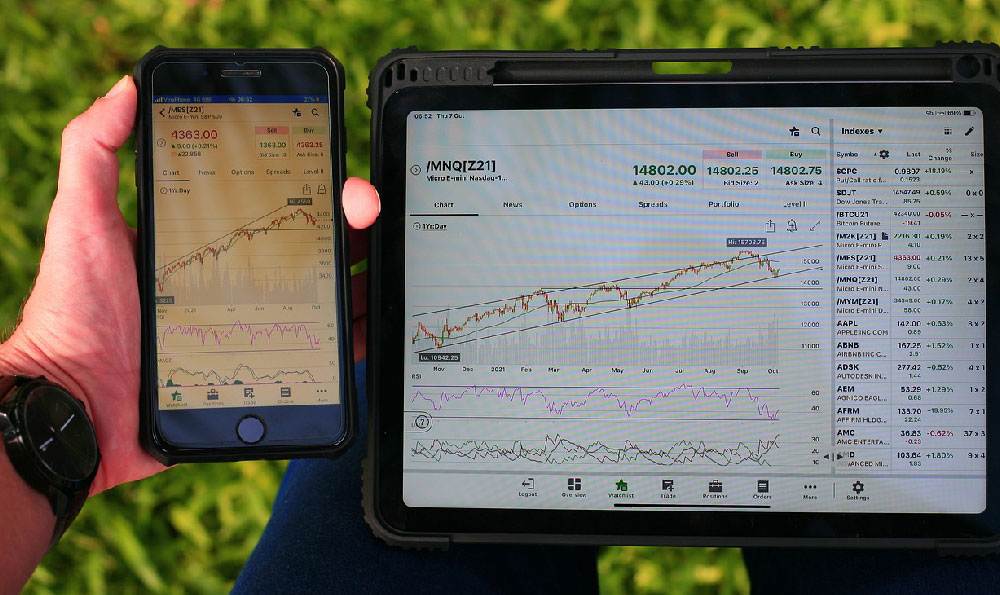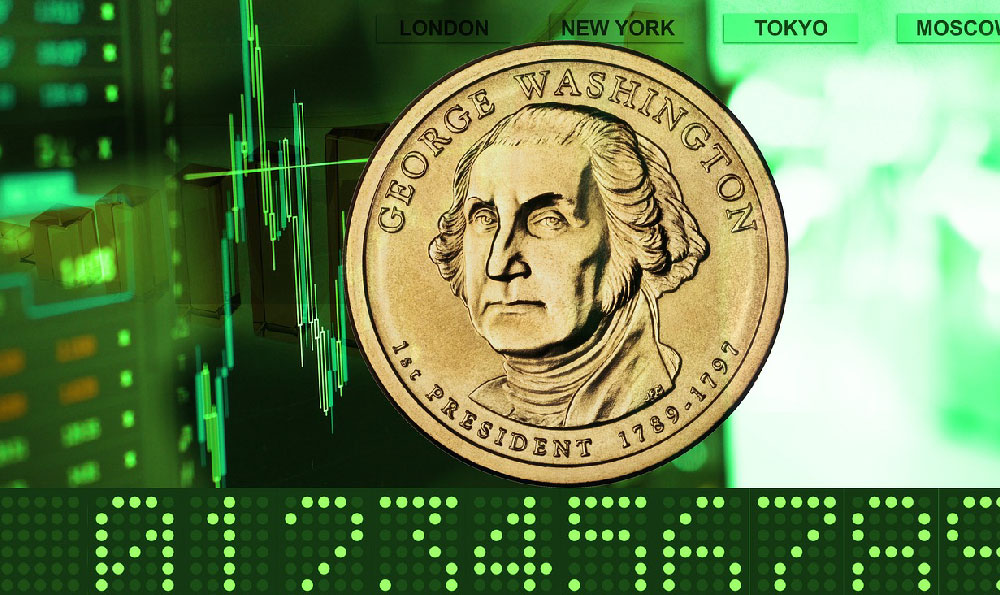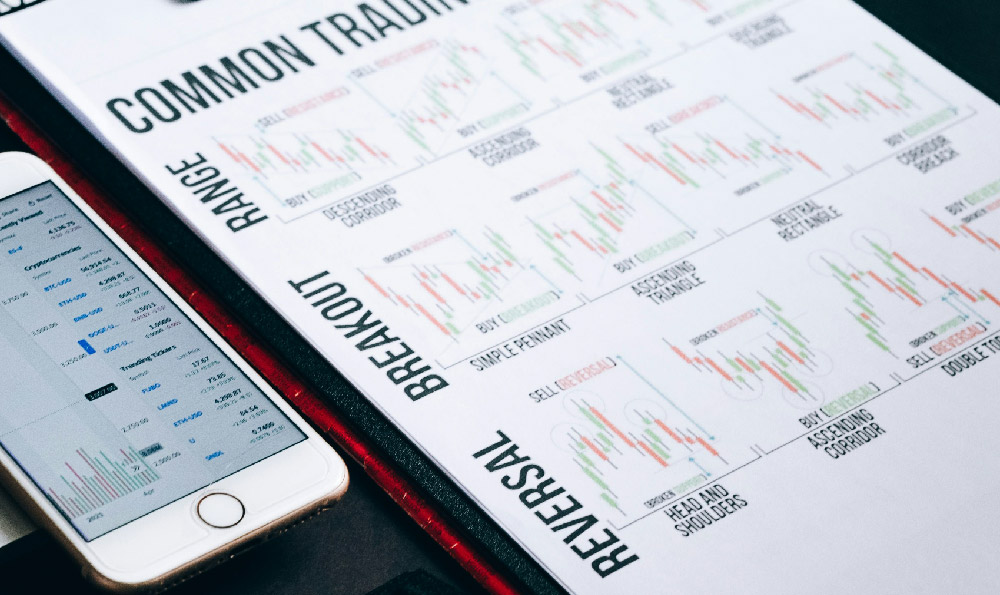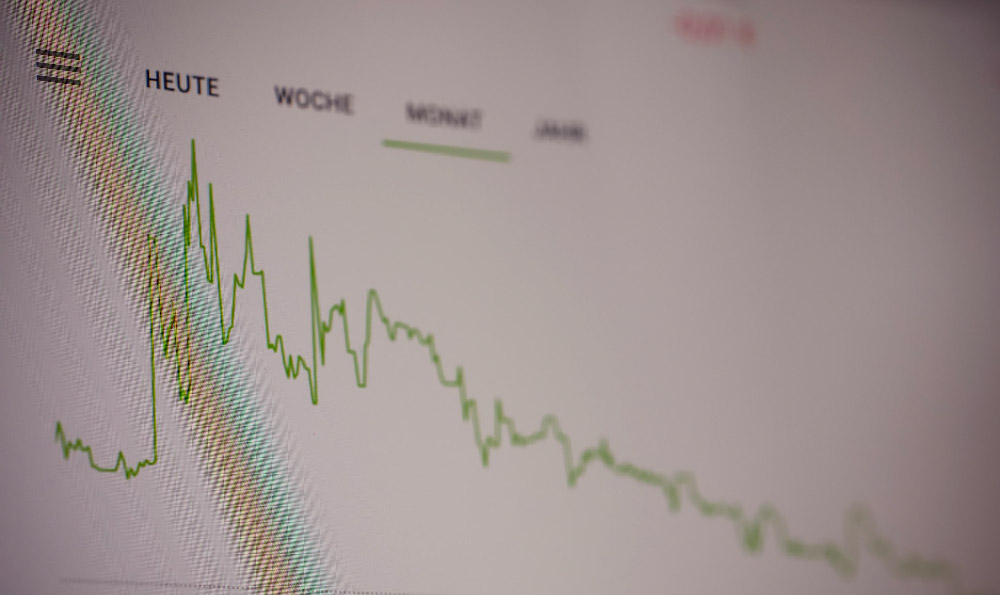The Ripple (XRP) ecosystem and Bitcoin (BTC) operate within the broader cryptocurrency landscape, but their dependencies and the specific role of platforms like Keepbit warrant a nuanced exploration. The question of whether XRP can exist without BTC is not a simple yes or no, and it requires delving into the technological underpinnings, market dynamics, and the philosophical differences between the two cryptocurrencies. Similarly, evaluating the necessity of a platform like Keepbit necessitates understanding its functionality and how it fits into the overall XRP trading and management ecosystem.
The Relationship Between XRP and BTC: A Decoupled Dependency
At a fundamental level, XRP can exist without BTC. XRP Ledger, the underlying technology behind XRP, is a distinct blockchain with its own consensus mechanism (the Federated Byzantine Agreement) and its native cryptocurrency, XRP. It doesn't rely on the Bitcoin blockchain for its validation, transaction processing, or overall functionality. This technical independence is crucial to understand.

However, the cryptocurrency market operates as a interconnected ecosystem. Bitcoin, being the first and most prominent cryptocurrency, exerts a gravitational pull on the entire market. Its price movements often set the tone for other cryptocurrencies, including XRP. This correlation arises from several factors:
-
Market Sentiment: Bitcoin is often viewed as a bellwether for the crypto market's overall health. Positive news or price surges in Bitcoin typically lead to a broader positive sentiment, benefiting altcoins like XRP. Conversely, Bitcoin crashes can trigger widespread fear and selling pressure, affecting XRP negatively. This is largely due to the perception of risk; Bitcoin is perceived as less risky than most altcoins due to its established history and market dominance.
-
Trading Pairs and Liquidity: Many cryptocurrency exchanges primarily offer trading pairs with Bitcoin as the base currency. For instance, you might trade XRP against BTC (XRP/BTC). This means that to acquire XRP using fiat currency (like USD or EUR), you often need to first purchase Bitcoin and then trade it for XRP. This indirectly links the price of XRP to Bitcoin's price. While XRP/USD and XRP/EUR pairings exist, their liquidity might be lower compared to XRP/BTC pairings, especially on certain exchanges.
-
Institutional Adoption: Institutional investors often begin their cryptocurrency journey with Bitcoin, viewing it as the most established and secure option. As they become more comfortable with the asset class, they might diversify into other cryptocurrencies, including XRP. This influx of institutional capital initially benefits Bitcoin but can eventually trickle down to altcoins.
Therefore, while XRP can technologically exist independently of Bitcoin, its market performance is often heavily influenced by Bitcoin's price action and overall market sentiment surrounding Bitcoin. A complete decoupling is unlikely in the near future, given Bitcoin's current dominance. However, increased regulatory clarity, wider adoption of XRP in specific use cases (such as cross-border payments), and the growth of decentralized finance (DeFi) applications built on XRP Ledger could gradually reduce this dependency.
Keepbit: Functionality and Its Necessity
Keepbit, assuming it is a cryptocurrency platform (trading exchange, wallet provider, or data aggregator) related to XRP, needs to be assessed on its specific functionalities and services offered within the XRP ecosystem. Here's a breakdown of how a platform like Keepbit, or any similar platform, might be important:
-
Trading and Exchange: If Keepbit is an exchange, it facilitates the buying and selling of XRP against other cryptocurrencies or fiat currencies. Its necessity depends on the availability of alternative platforms, the liquidity it provides, and the fees it charges. A platform with deep liquidity allows for efficient trading without significant price slippage. Competitive fees can also attract traders. Moreover, user-friendliness of the platform and security features are crucial.
-
Wallet Services: If Keepbit offers wallet services, it allows users to securely store, send, and receive XRP. A secure and reliable wallet is essential for managing XRP holdings. The necessity of Keepbit's wallet depends on its security features (such as multi-factor authentication, cold storage options), ease of use, and integration with other services. Many other reputable wallets exist, both custodial and non-custodial, that support XRP. The choice of wallet depends on individual security preferences and technical expertise.
-
Data and Analytics: Some platforms provide data and analytics related to XRP, such as price charts, trading volume, order book depth, and on-chain metrics. This information can be valuable for traders and investors to make informed decisions. The necessity of such a platform depends on the quality and accuracy of the data provided, as well as the user-friendliness of the interface.
-
Specialized Features: Keepbit might offer specialized features tailored to the XRP ecosystem, such as support for XRP Ledger's decentralized exchange (DEX), or integration with specific XRP-based applications. The necessity of these features depends on the individual user's needs and use cases.
Assessing the "Necessity" of Keepbit
Determining whether Keepbit is required within the XRP ecosystem is subjective. If Keepbit provides unique services, superior security, better user experience, or lower fees compared to its competitors, then it could be considered valuable and perhaps even necessary for certain users. However, if alternative platforms offer similar or better services, then Keepbit's necessity diminishes.
Alternative Solutions and Decentralization
The cryptocurrency space emphasizes decentralization and permissionless access. This principle applies to XRP as well. Users have the freedom to choose from a variety of exchanges, wallets, and data providers. They are not obligated to use any specific platform.
Decentralized exchanges (DEXs) built on XRP Ledger offer an alternative to centralized platforms like Keepbit (if Keepbit is indeed a centralized exchange). DEXs allow users to trade XRP directly from their wallets without relying on a third party. While DEXs can offer greater control and privacy, they might also be less user-friendly and have lower liquidity compared to centralized exchanges.
Conclusion
XRP can technologically exist independently of Bitcoin, but its market performance is often intertwined with Bitcoin's price action and overall market sentiment. A complete decoupling is unlikely in the short term but could occur over time with increased adoption and diversification within the XRP ecosystem.
The necessity of Keepbit (or any similar platform) depends on its specific functionalities, the quality of its services, and the availability of alternative platforms. Users should carefully evaluate their options and choose the platforms that best suit their individual needs and risk tolerance. The decentralized nature of the cryptocurrency space empowers users with the freedom to choose from a variety of solutions and avoid being locked into any single platform. Therefore, while Keepbit may be a useful tool for some, it is not necessarily a mandatory component for participating in the XRP ecosystem.











